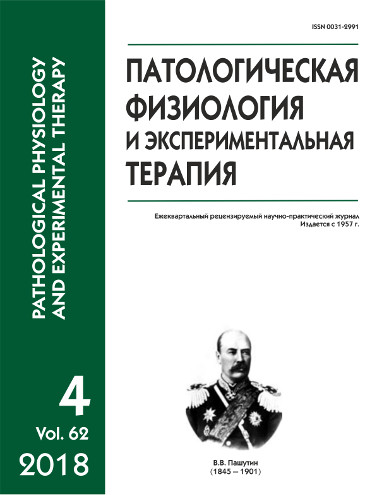Morphofunctional characteristics of monocytes migration into the skin
Abstract
Macrophages are known to either stimulate or reduce inflammation and participate in either destruction or reparative regeneration of tissues. Therefore, based on the monocyte functional activity, they can be grouped into three categories — «proinflammatory», wound-healing, and regulatory macrophages. Differences in the macrophage functional activity are determined by the activation signal. Presumably, changes in the macrophage receptor apparatus are associated with morphological changes in the nucleus and the cytoplasm. Therefore, the aim of the study was to assess morphofunctional characteristics of monocytes after their migration from microvasculature into the tissue. Methods. Morphofunctional characteristics of monocytes were studied on an acne model after the monocyte migration from microvasculature into the skin. The content of pustule collected from 68 patients with papulopustular acne was examined. The material was collected with the Unna’s loop, fixed on a glass slide, stained according to Romanovsky-Giemsa, and examined under a microscope at x1,000 magnification. Results. Most of the recruited dermal monocytes migrating to the site of tissue inflammation were genuine monocytes with typical azurophilic granules and vacuolation of the cytoplasm followed by nuclear vacuolation. The greatest phagocytic activity was observed in promocytes.






